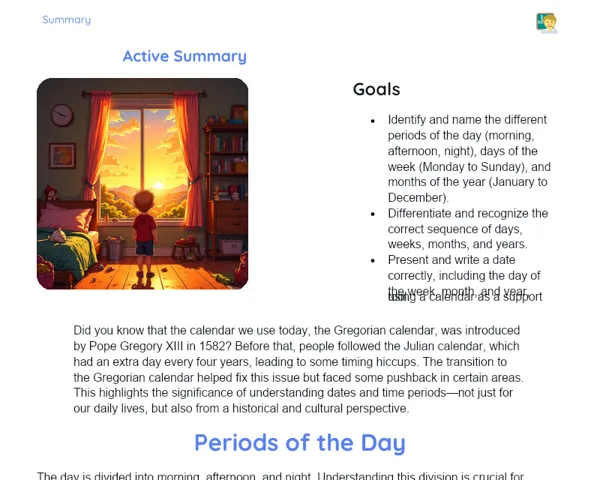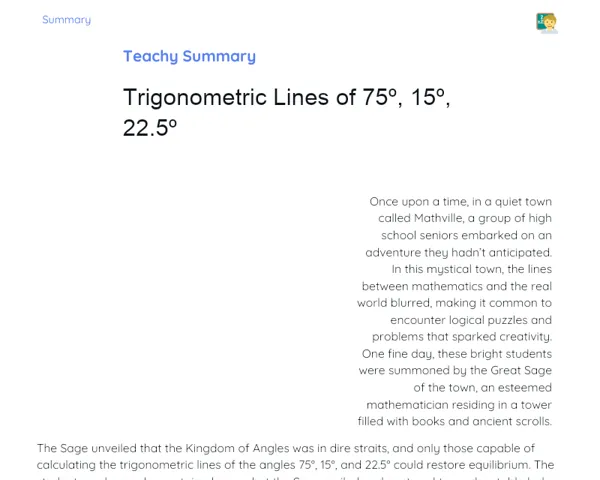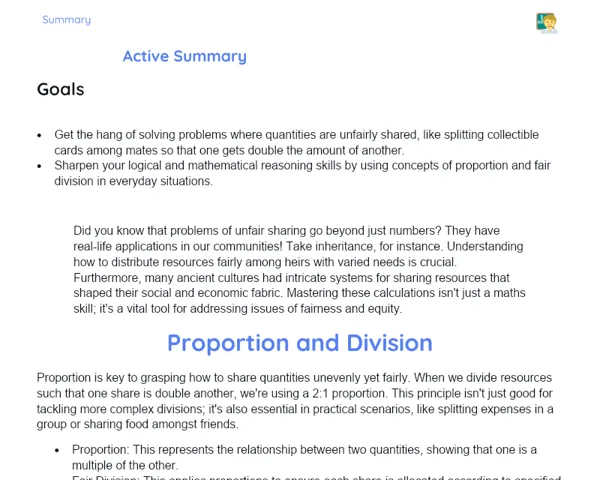Objectives
1. 🎯 Mastering the Conversion between Fractions and Decimals: Learn to convert numbers from one form to another, while grasping the mathematical relationships involved.
2. 🎯 Positioning Numbers on the Number Line: Develop the ability to place fractions and decimals on a number line to visualize and compare values.
3. 🎯 Solving Practical Problems with Fractions and Decimals: Apply the skills you've learned to tackle everyday problems involving these concepts, like adjusting recipes or comparing prices while shopping.
Contextualization
Did you know that the ability to convert fractions to decimals, and the other way around, is essential in various professions and daily situations? From chefs adjusting recipes to engineers working on precise measurements, understanding fractions and decimals is key. In a kitchen, for example, recipe measurements can be expressed in both fractions and decimals, enabling chefs to adjust portions without losing the essence of the dish. Mastering these conversions is a valuable skill, not just in maths, but also across diverse careers!
Important Topics
Conversion of Fractions to Decimals
Converting fractions to decimals is a vital skill that allows individuals to express quantities in a clearer or more convenient manner. For instance, the fraction 3/4 can be converted to 0.75. This is particularly useful in situations where it's easier to do calculations or comparisons in decimal format than in fractions.
-
To convert a fraction into a decimal, divide the numerator by the denominator.
-
Fractions with denominators that are powers of 10 (like 10, 100, etc.) can be simply converted to decimals by shifting the decimal point to the right the number of places equal to the number of zeros in the denominator.
-
This skill is essential for everyday tasks, such as cooking, where measurements may be given in either fractions or decimals depending on how precise they need to be.
Conversion of Decimals to Fractions
Just as it's important to convert fractions to decimals, the reverse process—changing decimals to fractions—is crucial for flexible understanding and expressing quantities. For example, the decimal 0.25 can be translated into the fraction 1/4. This skill comes in handy in contexts where precision is critical, like technical drawings or baking recipes.
-
To convert a decimal to a fraction, look at the digits after the decimal point. For example, 0.25 translates to 25/100, which simplifies to 1/4.
-
Mastering this conversion helps students grasp proportions and tackle more complicated mathematical problems.
-
Understanding this process gives learners the flexibility to use different numerical forms instead of being confined to just one.
Representation on the Number Line
The number line serves as a foundational visual aid for grasping and comparing numbers, especially fractions and decimals. Positioning these values on a number line helps students visualize their size and how they relate to one another. For example, plotting 1/2 and 0.5 on the same number line illustrates that they occupy the same point.
-
The number line graphically represents the order and distance between numbers.
-
Utilising the number line assists in visualising mathematical operations like addition, subtraction, multiplication, and division.
-
This skill is critical for developing advanced mathematical thinking as it allows students to apply numerical concepts in increasingly complex contexts.
Key Terms
-
Fraction: A number representing part of a whole, shown as a numerator over a denominator (e.g., 3/4).
-
Decimal: A way of expressing rational numbers using base 10, with a decimal point separating the whole number from the fractional part (e.g., 0.75).
-
Conversion: The process of changing a number from one numerical format to another, such as from a fraction to a decimal or vice versa.
-
Number Line: A visual line where each point corresponds to a real number, used to illustrate the order and distance between values.
For Reflection
-
How can you apply the skill of converting fractions to decimals in real-life situations you face daily?
-
Why is it important to recognise that the same value can take various forms, such as fractions, decimals, or percentages?
-
In what ways does placing numbers on the number line enhance your understanding of mathematical concepts like addition and subtraction?
Important Conclusions
-
Today, we delved into the intriguing realm of fractions and decimals, learning how to shift between these forms and plot them on the number line. These abilities are foundational not just in maths but also in various everyday scenarios, from cooking to handling engineering challenges.
-
We learned that fractions and decimals are simply different ways to present the same concept, with choice hinging on the specific context and ease of calculation or understanding.
-
The skill of converting between these numerical forms, along with positioning numbers on the number line, helps us to visualise and better understand mathematical relationships, equipping us for more complex challenges and practical applications moving forward.
To Exercise Knowledge
To practise what we've learned, try these activities at home:
- Alter a family recipe’s measurements from fractions to decimals and back again.
- Draw a simple map with distances on paper using both fractions and decimals; then attempt to convert those distances.
- In a sketchbook, illustrate different geometric shapes and divide them into parts with fractions; subsequently calculate the area of each part in decimal form.
Challenge
Supermarket Challenge: When you go grocery shopping with your parents, compare the prices of items that have unit prices expressed in different formats (for example, per kg and per g) and convert them to a more comparable form. Keep a record of your findings and discuss them at home!
Study Tips
-
Regularly engage with games or apps designed to help visualise fractions and decimals on the number line, like 'Number Line' or 'Fraction Matcher.'
-
Use sticky notes or cards to note down fractions and decimals and organise them in a line to gain a clearer understanding of their order and conversion.
-
Whenever you can, try relating what you've learnt about fractions and decimals to real-life scenarios, such as cooking or measurements in DIY projects, to reinforce your understanding.



